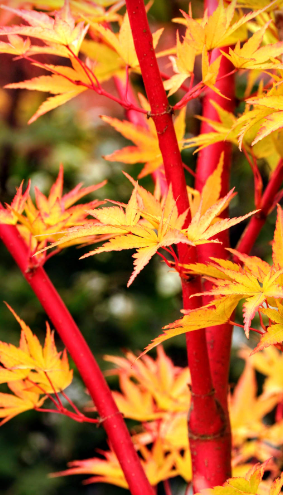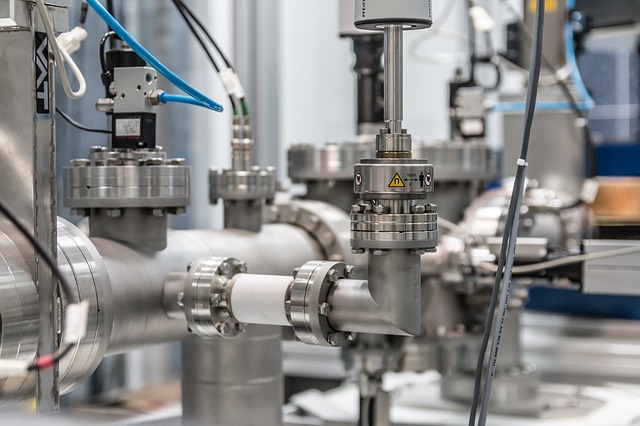When it comes to artificial grass, there are many options to choose from. It’s important to consider what you need the grass for, and the pros and cons of each type to make sure you get the best artificial grass for your home.
Artificial grass has become a popular choice for many homeowners and businesses looking to reduce their carbon footprint and save money on lawn maintenance. Artificial grass is designed to look and feel like natural grass, but without the need for water, fertilisers, or harsh chemicals.
There are a few different types of artificial grass available today, so it’s important to understand the differences between them and how they can benefit your outdoor space.
The most common type of artificial grass is polyethylene (PE) grass.
This is made from polyethylene fibres woven into a backing material. It’s durable, easy to maintain, and has a natural-looking appearance. PE grass is great for areas that require little maintenance and that don’t experience heavy foot traffic. It’s also one of the most affordable types of artificial grass.
Another type of artificial grass is polypropylene (PP) grass.
This is made from polypropylene fibres and is also woven into a backing material. It has a more realistic appearance, but it’s also more expensive. It’s resistant to tears and fading, and is often used in areas that experience more foot traffic.
A third type of artificial grass is nylon grass.
This is made from nylon fibres and is also woven into a backing material. It’s very durable and has a natural-looking appearance. It’s also one of the most expensive types of artificial grass, and it’s often used in areas that experience heavy foot traffic.
Finally, there’s polyurethane (PU) grass.
This is made from polyurethane fibres and is also woven into a backing material. It’s incredibly durable and has a very realistic appearance. It’s also one of the most expensive types of artificial grass, and it’s often used in areas that experience heavy foot traffic.
What is the best pile height for a roof garden, balcony or terrace?
For this type of application, a shorter pile is typically the way to go.
This is because the fake grass will almost exclusively be viewed from directly above, meaning that you won’t really get the perception of depth that you do when viewing artificial grass from a distance.
The eye won’t really be able to see much difference between a 25mm or 35mm pile in this instance.
Of course, longer pile grasses are more expensive than shorter ones, so choosing a long pile wouldn’t be particularly cost-effective, either.
When choosing an artificial grass for a roof garden, balcony or terrace, we recommend that you look for a pile height of between 20mm and 30mm.
What is the best pile density for a roof garden, balcony or terrace?
When choosing a fake grass for a roof garden, balcony or terrace, you should favour pile density
You should be looking at artificial grasses with at least 18,000 stitches per square metre. The higher, the better.
Ask your chosen manufacturer for a detailed specification of their products, paying particular attention to the pile density.
over pile length.
Again, as the AstroTurf will be viewed from above, it’s vitally important to choose a fake turf that won’t look sparse – which it will if you don’t opt for a dense pile.
Here are a few tips to help you choose the right artificial grass for your home:
- Understand The Differences Between Each Type Of Artificial Grass.
There are several types of artificial grass available, including nylon, polypropylene, and polyethylene. Each type has its own benefits and drawbacks. For example, nylon grass has a natural feel and look, but is more expensive and can fade over time. Polypropylene is more durable, but also has a slightly rougher texture than nylon. Polyethylene is more budget-friendly and is generally easier to install, but it can flatten out over time.
- Consider The Environment Of Your Yard.
Different types of artificial grass may be better suited for different environments. If your yard is exposed to direct sunlight, it would be best to choose a grass that is UV-resistant. If your yard is prone to heavy rains, you may want a grass that is more resistant to water.
- Consider The Amount Of Maintenance Required.
Artificial grass requires some amount of maintenance, such as raking and brushing to keep it looking its best. If you don’t have the time or energy for regular maintenance, you may want to consider a grass that requires less maintenance.
- Think About The Cost.
Artificial grass can be expensive, so it’s important to consider the cost before making a purchase. Compare prices of different types of grass, and calculate the total cost of installation and maintenance.
Conclusion
By considering these factors, you should be able to find the right artificial grass for your home. It may take some time to research the different types of grass and find the best option for your needs, but it will be worth it in the end.No matter which type of artificial grass you choose, it’s important to make sure it’s installed correctly and properly maintained. Artificial grass is an excellent choice for any outdoor space, offering a low-maintenance, eco-friendly solution





